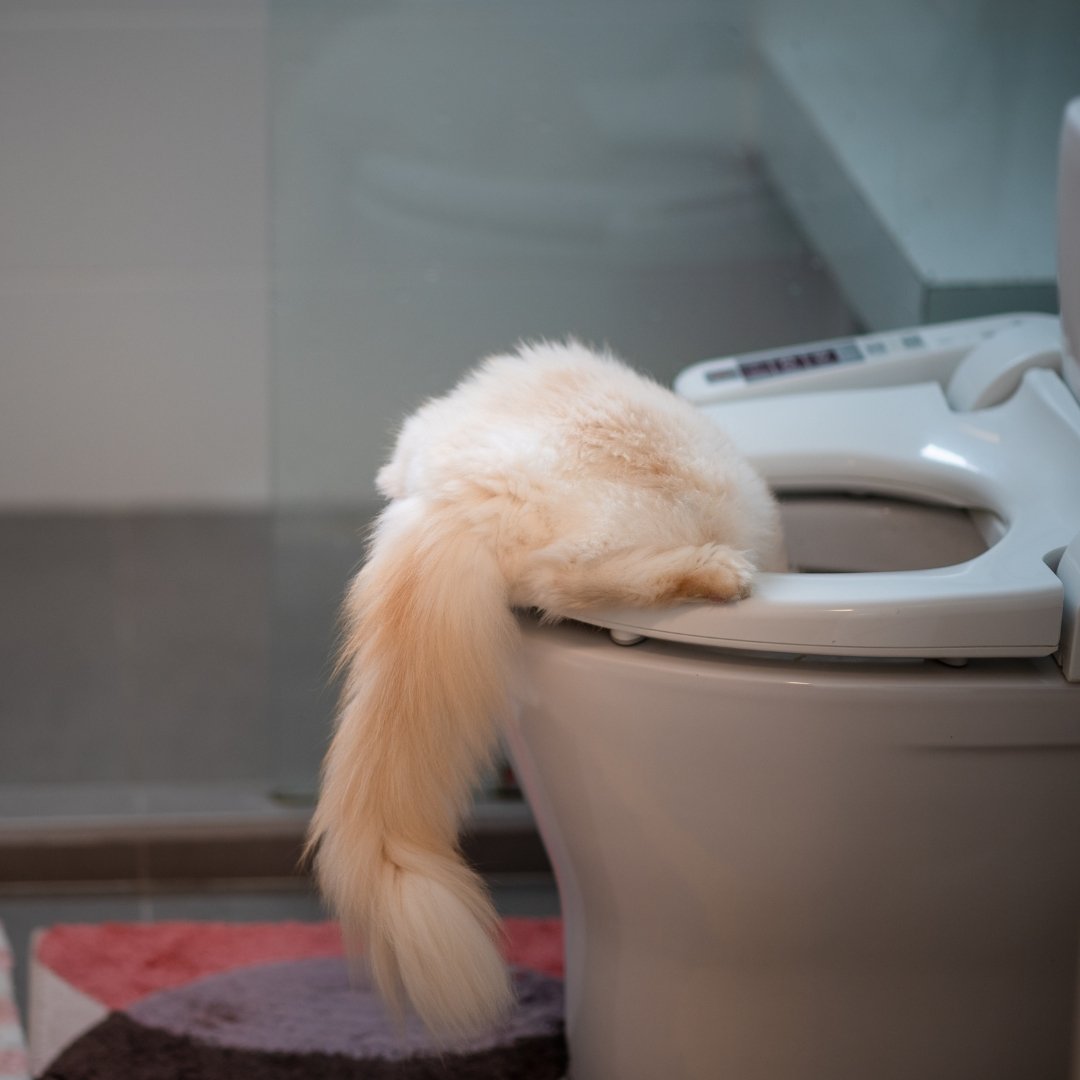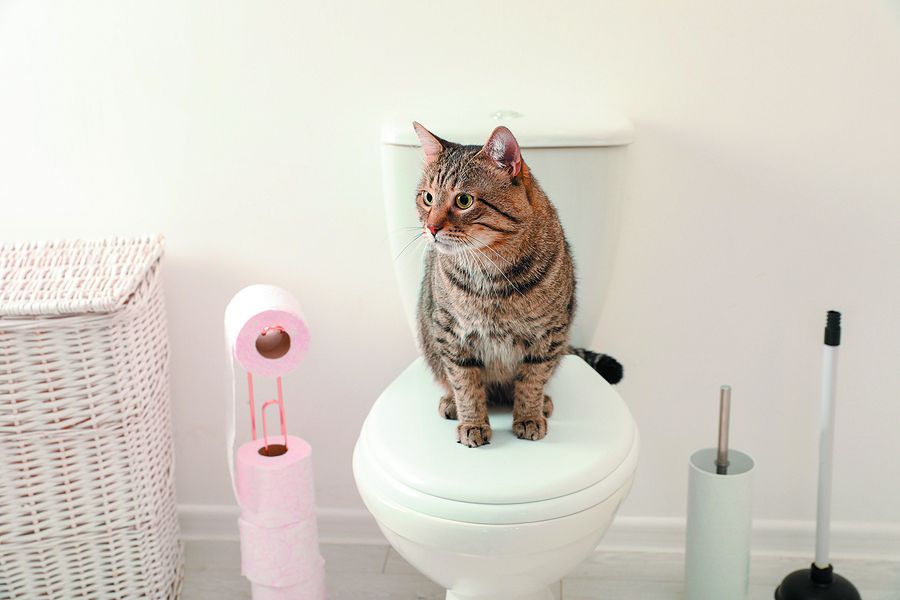My Relevance of Not Flushing Animal Waste Down the Toilet
My Relevance of Not Flushing Animal Waste Down the Toilet
Blog Article
Are you hunting for ideas about Can You Flush Dog and Cat Poo Down the Toilet??

When it involves disposing of waste, particularly animal waste, many individuals frequently turn to the hassle-free option of flushing it down the commode. Nonetheless, this seemingly very easy remedy can have severe effects for the environment and public health. In this short article, we'll explore why flushing pet waste down the toilet is a poor idea and provide alternative techniques for appropriate disposal.
Intro
Correct garbage disposal is critical for maintaining environmental sustainability and public health. While it may seem safe to purge animal waste down the commode, it can lead to numerous issues, both for the setting and human health.
Risks of flushing animal waste
Environmental impact
Flushing pet waste presents unsafe germs and pathogens right into rivers, which can negatively affect marine ecosystems. These pathogens can pollute water sources and damage marine life, interfering with delicate ecological communities.
Public health issues
Animal waste contains hazardous bacteria such as E. coli and Salmonella, which can posture major health and wellness dangers to human beings. Flushing pet waste down the toilet can pollute water products, leading to the spread of diseases and infections.
Alternatives to flushing
As opposed to flushing animal waste down the bathroom, there are several alternative disposal techniques that are extra environmentally friendly and sanitary.
Composting
Composting animal waste is an environmentally friendly method to take care of it. By composting, raw material is broken down right into nutrient-rich soil, which can be used to feed gardens and plants.
Landfill disposal
Throwing away animal waste in a landfill is another choice. While not as environmentally friendly as composting, it is a safer alternative to flushing, as it stops the contamination of water sources.
Pet dog garbage disposal systems
There are specific pet dog garbage disposal systems offered that safely and hygienically deal with animal waste. These systems typically use enzymes to break down waste and get rid of smells.
Steps to correct pet garbage disposal
To make certain appropriate disposal of animal waste, follow these steps:
Scooping and nabbing waste
Routinely scoop and bag pet waste using eco-friendly bags. This stops waste from contaminating the setting.
Making use of designated waste containers
Dispose of bagged pet waste in assigned waste bins, such as garden compost containers or land fill bins. Prevent flushing it down the toilet whatsoever costs.
Cleaning litter boxes and pet locations consistently
Frequently clean litter boxes and pet areas to prevent the accumulation of waste and bacteria. Use pet-safe cleansing items to keep health.
Advantages of correct disposal techniques
Adopting correct disposal techniques for animal waste offers a number of benefits:
Minimized environmental pollution
Proper disposal approaches lower the risk of environmental pollution, shielding rivers and environments from contamination
Lessened threat of water contamination.
By preventing flushing pet waste down the commode, the risk of water contamination is considerably minimized, protecting public health.
Improved cleanliness and hygiene
Appropriate disposal techniques advertise better sanitation and health, creating a safer setting for both people and pets.
Verdict
In conclusion, flushing animal waste down the toilet is unsafe to the environment and public health. By embracing different disposal techniques and following correct waste management practices, we can lessen the adverse influence of animal waste and contribute to a cleaner, much healthier earth.
Why You Should Never Flush Cat Poop Down the Toilet
A rose by any other name might smell as sweet, but not all poop is created equal. Toilets, and our sewage systems, are designed for human excrement, not animal waste. It might seem like it couldn’t hurt to toss cat feces into the loo, but it’s not a good idea to flush cat poop in the toilet.
First and foremost, assuming your cat uses a litter box, any waste is going to have litter on it. And even the smallest amount of litter can wreak havoc on plumbing.
Over time, small amounts build up, filling up your septic system. Most litter sold today is clumping; it is made from a type of clay that hardens when it gets wet. Ever tried to scrape old clumps from the bottom of a litter box? You know just how cement-hard it can get!
Now imagine just a small clump of that stuck in your pipes. A simple de-clogger like Drano isn’t going to cut it. And that means it’s going to cost you big time to fix it.
For an amusing, graphic tale of what happens when you flush too much litter down the toilet all at once, take a few minutes to read Gene Weingarten’s 2017 Washington Post column “So that’s what happens when you flush cat litter down the toilet.”
Parasitic Contamination
Believe it or not, your healthy kitty may be harboring a nasty parasite. Only cats excrete Toxoplasma in their feces. Yet it rarely causes serious health issues in the cats that are infected. Most people will be fine too if infected. Only pregnant women and people with compromised immune systems are at risk. (If you’ve ever heard how women who are expecting are excused from litter cleaning duty, Toxoplasma is why.)
But other animals may have a problem if infected with the parasite. And human water treatment systems aren’t designed to handle it. As a result, the systems don’t remove the parasite before discharging wastewater into local waterways. Fish, shellfish, and other marine life — otters in particular — are susceptible to toxoplasma. If exposed, most will end up with brain damage and many will die.
Depending on the species of fish, they may end up on someone’s fish hook and, ultimately on someone’s dinner plate. If that someone has a chronic illness, they’re at risk.
Skip the Toilet Training
We know there are folks out there who like to toilet train their cats. And we give them props, it takes a lot of work. But thanks to the toxoplasma, it’s not a good idea.
Leave the toilet to the humans, and accept your future litter cleaning duty.

Frequently clean litter boxes and pet areas to prevent the accumulation of waste and bacteria. Use pet-safe cleansing items to keep health.
Advantages of correct disposal techniques
Adopting correct disposal techniques for animal waste offers a number of benefits:
Minimized environmental pollution
Proper disposal approaches lower the risk of environmental pollution, shielding rivers and environments from contamination
Lessened threat of water contamination.
By preventing flushing pet waste down the commode, the risk of water contamination is considerably minimized, protecting public health.
Improved cleanliness and hygiene
Appropriate disposal techniques advertise better sanitation and health, creating a safer setting for both people and pets.
Verdict
In conclusion, flushing animal waste down the toilet is unsafe to the environment and public health. By embracing different disposal techniques and following correct waste management practices, we can lessen the adverse influence of animal waste and contribute to a cleaner, much healthier earth.
Why You Should Never Flush Cat Poop Down the Toilet
A rose by any other name might smell as sweet, but not all poop is created equal. Toilets, and our sewage systems, are designed for human excrement, not animal waste. It might seem like it couldn’t hurt to toss cat feces into the loo, but it’s not a good idea to flush cat poop in the toilet.
First and foremost, assuming your cat uses a litter box, any waste is going to have litter on it. And even the smallest amount of litter can wreak havoc on plumbing.
Over time, small amounts build up, filling up your septic system. Most litter sold today is clumping; it is made from a type of clay that hardens when it gets wet. Ever tried to scrape old clumps from the bottom of a litter box? You know just how cement-hard it can get!
Now imagine just a small clump of that stuck in your pipes. A simple de-clogger like Drano isn’t going to cut it. And that means it’s going to cost you big time to fix it.
For an amusing, graphic tale of what happens when you flush too much litter down the toilet all at once, take a few minutes to read Gene Weingarten’s 2017 Washington Post column “So that’s what happens when you flush cat litter down the toilet.”
Parasitic Contamination
Believe it or not, your healthy kitty may be harboring a nasty parasite. Only cats excrete Toxoplasma in their feces. Yet it rarely causes serious health issues in the cats that are infected. Most people will be fine too if infected. Only pregnant women and people with compromised immune systems are at risk. (If you’ve ever heard how women who are expecting are excused from litter cleaning duty, Toxoplasma is why.)
But other animals may have a problem if infected with the parasite. And human water treatment systems aren’t designed to handle it. As a result, the systems don’t remove the parasite before discharging wastewater into local waterways. Fish, shellfish, and other marine life — otters in particular — are susceptible to toxoplasma. If exposed, most will end up with brain damage and many will die.
Depending on the species of fish, they may end up on someone’s fish hook and, ultimately on someone’s dinner plate. If that someone has a chronic illness, they’re at risk.
Skip the Toilet Training
We know there are folks out there who like to toilet train their cats. And we give them props, it takes a lot of work. But thanks to the toxoplasma, it’s not a good idea.
Leave the toilet to the humans, and accept your future litter cleaning duty.

I am very fascinated with Can You Flush Dog and Cat Poo Down the Toilet? and I hope you enjoyed the new article. Sharing is nice. You just don't know, you may very well be doing someone a favor. We love your readership.
View Report this page